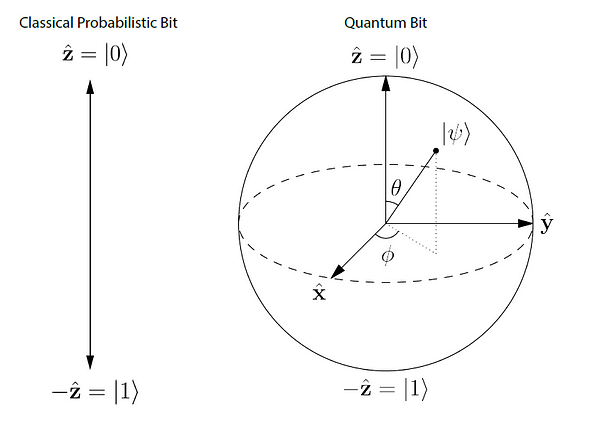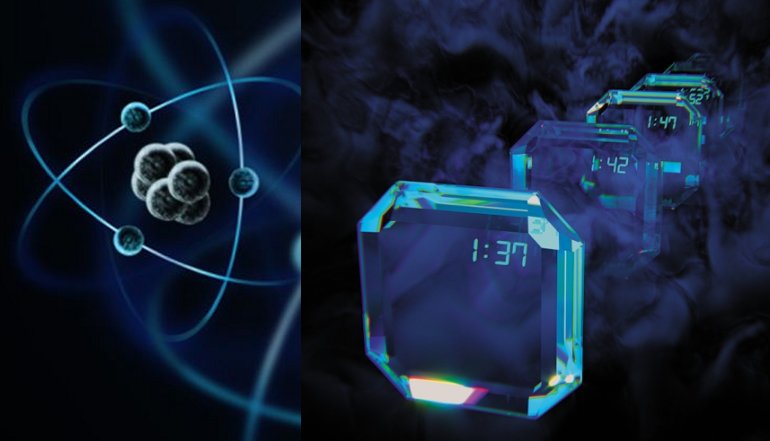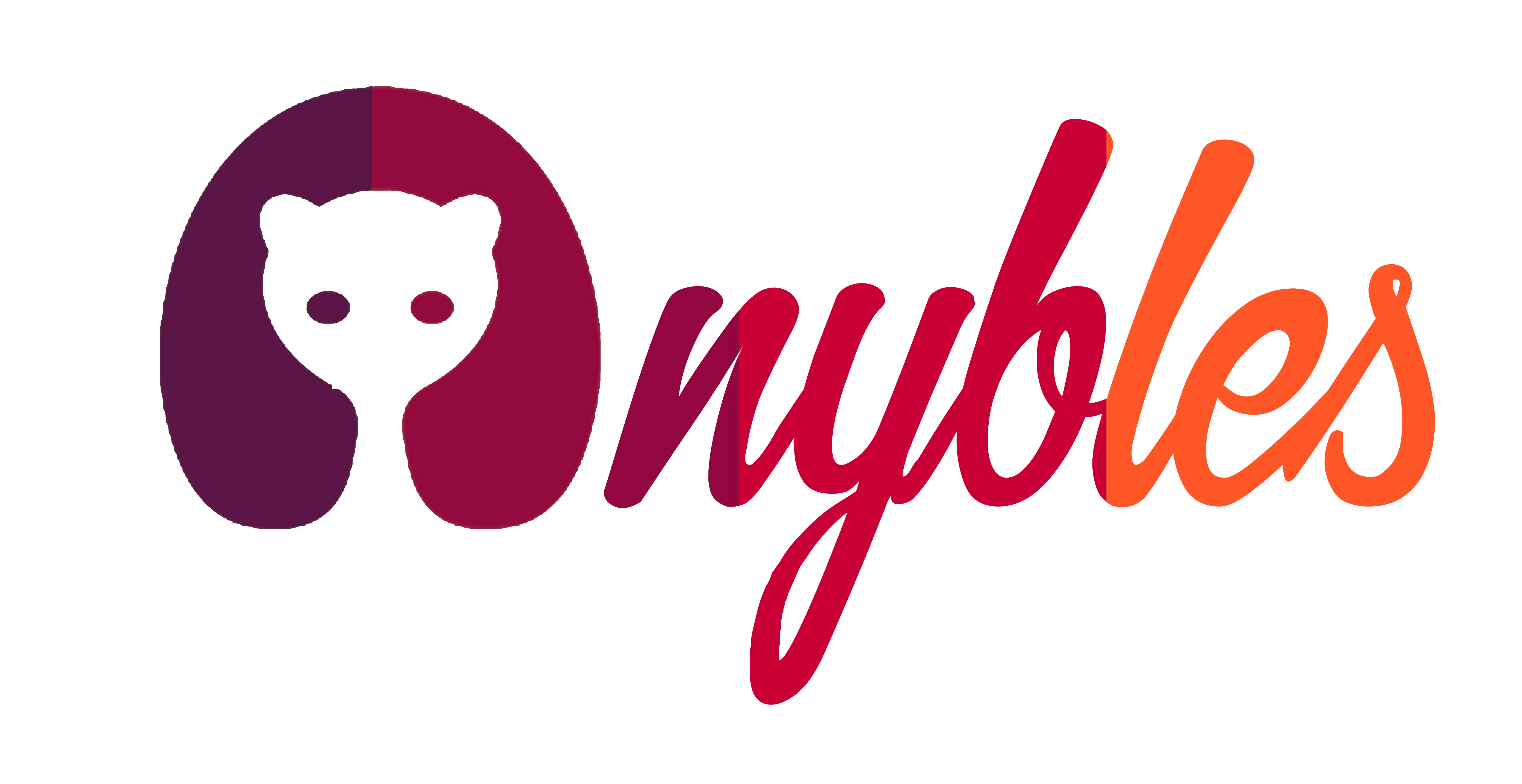The story of quantum computers begins in 1981 with Richard Feynman, probably the most famous physicist of his time.
At a conference on physics and computation at the Massachusetts Institute of Technology, Feynman asked the question:
Can we simulate physics on a computer?

The answer was — not exactly. Or, more precisely — not all of physics. One of the branches of physics is quantum mechanics, which studies the laws of nature on the scale of individual atoms and particles. If we try to simulate quantum mechanics on a computer, we run into a fundamental problem. The full description of quantum physics has so many variables that we cannot keep track of all of them on a computer.
By itself, this problem was nothing new—many physicists already knew that; but, here is the catch! Feynman took it one step further. He asked whether we could turn this problem into something positive: If we cannot simulate quantum physics on a computer, maybe we can build a quantum mechanical computer—which would be better than the ordinary computers?
What is Quantum Computing?
Quantum computers are devices that could perform some calculations much more rapidly than conventional computers can. At the heart of quantum computing is the quantum bit, or qubit, a basic unit of information analogous to the 0s and 1s represented by transistors in the conventional computer.
Qubits have much more power than classical bits because of two unique properties :
- They can represent both 1 and 0 at the same time.
- They can affect other qubits via a phenomenon known as quantum entanglement.

^ Binary bits v/s the Bloch Sphere. The Bloch sphere is a representation of a qubit, the fundamental building block of quantum computers.
Wait..WHAT?! A conventional computer processes information by encoding it into 0s and 1s. If we have a sequence of thirty 0s and 1s, it has about one billion of possible values. However, a classical computer can only be in one of these one billion states at the same time. A quantum computer can be in a quantum combination of all of those states, called superposition. This allows it to perform one billion or more copies of a computation at the same time. In a way, this is similar to a parallel computer with one billion processors performing different computations at the same time—with one crucial difference. For a parallel computer, we need to have one billion different processors. In a quantum computer, all one billion computations will be running on the same hardware.
The Many Possibilities..
Quantum computers could be exponentially faster at running artificial-intelligence programs and handling complex simulations
and scheduling problems. They could even create uncrackable encryption. Lets take a look at them!

- Realising Virtual Experiments :
- We could model the behavior of atoms and particles at unusual conditions, for example, very high energies that can be only created in the Large Hadron Collider without actually creating those unusual conditions.
- We could model chemical reactions because interactions among atoms in a chemical reaction is a quantum process.
- Searching huge volumes of Data :
- Let’s say that we have a large phone book, ordered alphabetically by individual names (and not by phone numbers).If we wanted to find the person who has the phone number 6097348000, we would have to go through the whole phone book and look at every entry. For a phone book with one million phone numbers, it could take one million steps. A quantum computer, however, would be able to do the same task with one thousand steps instead of one million.
- If we want to find two equal numbers in a large amount of data. Again, if we have one million numbers, a classical computer might have to look at all of them and take one million steps. We discovered that a quantum computer could do it in a substantially smaller amount of time.
- More generally, quantum computers would be useful whenever we have to find something in a large amount of data: “a needle in a haystack” — whether this is the right phone number or something completely different.
- On the Medical front :
- Detect Cancer Earlier : Quantum Computational Models will help determine how diseases develop.
- Develop more effective drugs : By mapping amino acids,for example, or analyzing DNA-sequencing data, doctors will discover and design superior drug-based treatments.
Recent Developments
-
TIME CRYSTALS : Two American teams of scientists have independently created the world’s first “time crystals”, but don’t order up a trip on the TARDIS anytime soon, because the crystals in question have nothing to do with time travel! Physicists have created a new form of matter, which not only exhibits periodic structures in space but also in time. Scientists call it a “time crystal”.

What’s unique about the crystals, is that they have properties that repeat over time in a manner analogous to the way the atoms in crystal lattices repeat over space; but, most repeating phenomena are easily altered. An AC electrical current, for example, can be changed by altering the spin rate of the dynamo that produces it. The length of the Earth’s seasons would change if, heaven forbid, a giant asteroid hit us, altering our orbit. Crystals are common to our normal understanding of nature. Time crystals aren’t. In fact, it was only recently that anyone even hypothesized they might exist. Their atoms operate in a sort of time-array, as opposed to a physical array.
-
“SEEING” TREES : A QUANTUM computer has learned to ‘see’ trees. The breakthrough marks an important step on the road towards computers that can actually visualise physical objects in a similar way to living creatures.
The computer looked at features such as hue, reflection, colour saturation, shadow and so forth, in order to make a decision on what was a tree. The researchers would then tell the D-Wave if it was right or wrong allowing it to learn from the experience and get it right next time.
With a few manual tweaks to the algorithm, the computer was soon able to recognise trees. This technique can be perfected far quicker on Quantum machines as they don’t rely on the linear concept of zeros and ones to make their calculations, but rather the abstract, subatomic concept of data simultaneously being a zero and a one.
-
QUANTUM CRYTOGRAPHY : A BOON FOR SECURITY: Keeping secrets will be easier, but that’s not all, folks!
The most recent WikiLeaks document dump regarding the CIA has made it clear that it’s getting harder and harder to keep secrets in the digital age.No one can be very shocked that the CIA, or any other spy agency, has the capabilities the WikiLeaks documents allege that it does. What’s shocking is that we didn’t find out sooner. In an intelligence community that has become populated by rogue whistleblowers (or, as the Michael Flynn case suggests, rogue employees on a vendetta) and in which our most trusted and guarded information networks have become extremely porous, the mission motto of the 1992 Robert Redford movie Sneakers — “No More Secrets” — may be coming to pass before our eyes.

Fortunately, however, there is a silver lining to all these dark shadows.
That’s the advent of quantum cryptography, which uses quantum mechanics, instead of digital algorithms, to encrypt data. The data will then be forever immune from hackers or malware makers; the only users who will see it will be you and whoever you are sending it to or sharing it with. Big Brother’s data may finally be safe; but so will your data, from an unauthorized Big Brother!
